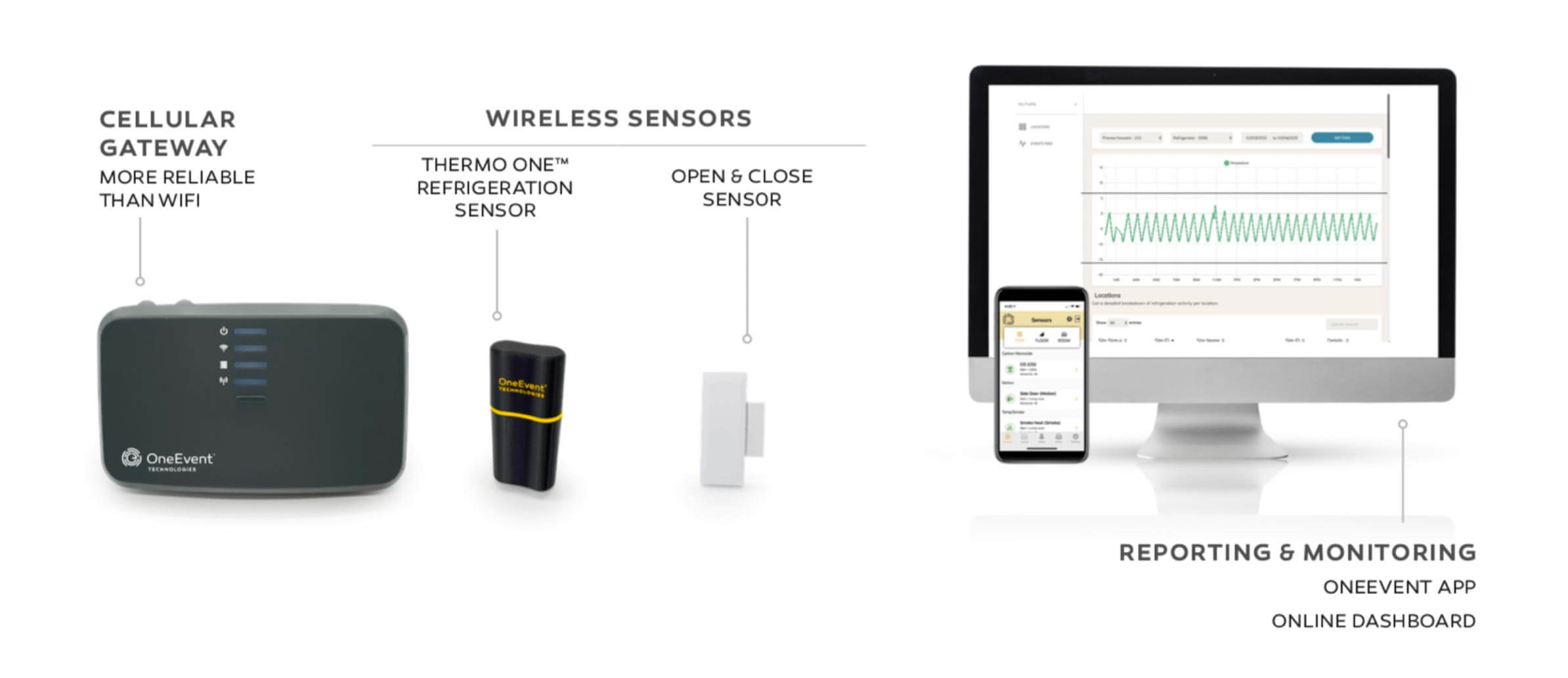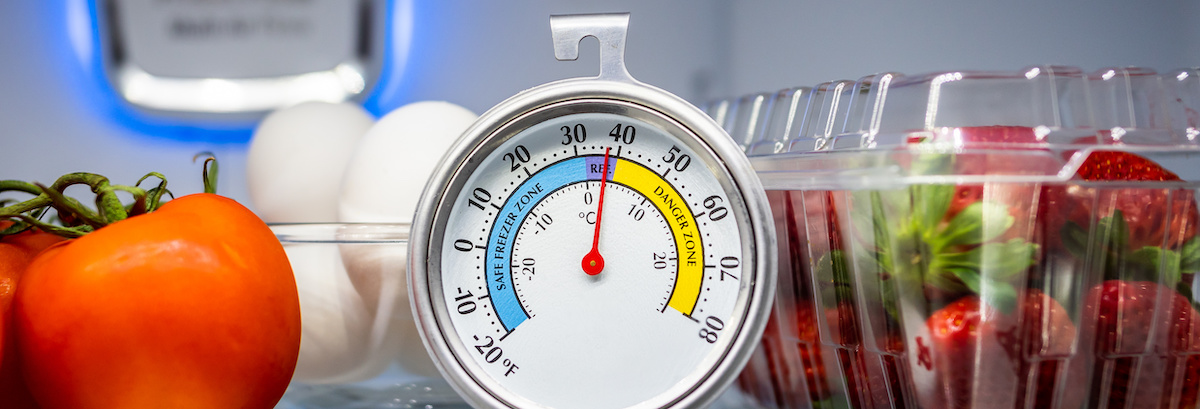In the United States, the Food and Drug Administration (FDA) and the U.S. Department of Agriculture (USDA) provide guidelines and regulations for food safety, including refrigeration monitoring. Here are some standards related to refrigeration monitoring in the U.S.:
Hazard Analysis and Critical Control Points (HACCP): The HACCP system is a preventive approach to food safety that identifies and controls potential hazards in food production, including refrigeration. It requires establishing critical control points (CCPs) and monitoring them regularly. Maintaining proper refrigeration temperatures is often a critical control point in HACCP plans.
FDA Food Code: The FDA Food Code provides model regulations for retail food establishments, including guidelines for proper refrigeration. It recommends that refrigeration units be equipped with accurate temperature measuring devices and that temperature monitoring records be maintained.
Refrigeration Temperature: The FDA recommends refrigeration units to maintain temperatures at or below 41°F (5°C) to ensure the safety of perishable food items. However, some states may have specific regulations that require even lower temperatures, such as 40°F (4°C) or below.
Time and Temperature Control for Safety (TCS) Foods: TCS foods are those that require specific temperature control to prevent bacterial growth and ensure food safety. Examples include dairy products, meats, poultry, cooked rice, and cut fruits or vegetables. The FDA Food Code and local health departments typically require TCS foods to be stored at proper refrigeration temperatures and regularly monitored.
Temperature Monitoring Devices: Refrigeration units should be equipped with accurate temperature monitoring devices, such as digital thermometers or temperature data loggers. These devices help ensure that the refrigeration temperatures remain within safe limits. It is important to regularly calibrate and verify the accuracy of these devices.
Record-Keeping: Proper record-keeping is important for demonstrating compliance with food safety regulations. This includes maintaining temperature logs or records that document the regular monitoring of refrigeration temperatures. The frequency of temperature checks and the duration of record retention may vary depending on local regulations.
It’s important to note that specific regulations may vary by state or local jurisdiction. Therefore, it is crucial to consult the local health department or relevant regulatory agency in your area to obtain the most up-to-date and accurate information regarding refrigeration monitoring standards for food safety in school cafeterias.
With the OneEvent® Refrigeration Monitoring System you can be certain that food is refrigerated at safe temperatures 24/7/365. When temperatures exceed pre-set limits, staff is notified via the OneEvent app on their smartphones. And, with the OneEvent Thermo Heartbeat® you will be alerted up to 30 days in advance before a refrigeration unit will fail to keep food safe.
If you add it all up, with OneEvent refrigeration monitoring you can save money by reducing loss, time savings and preventing expensive rush service calls. Plus, our clients tell us that they, and their staff, sleep better at night knowing OneEvent has their back.

